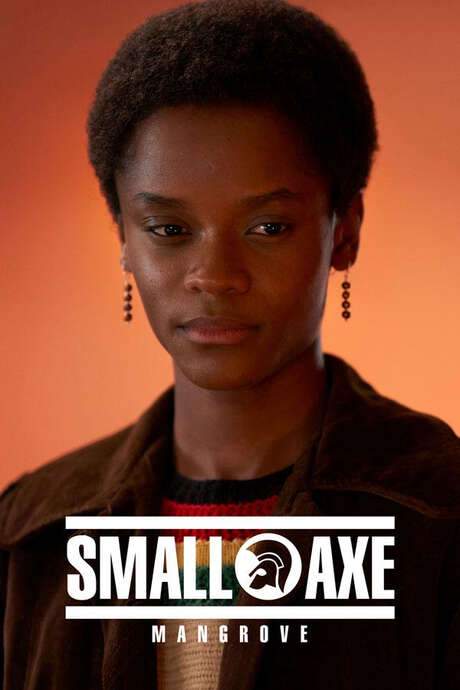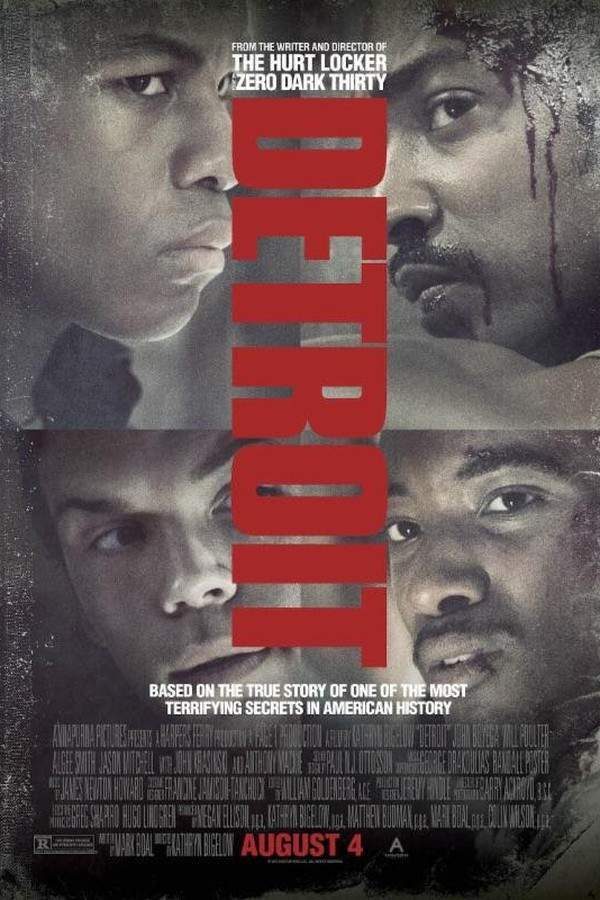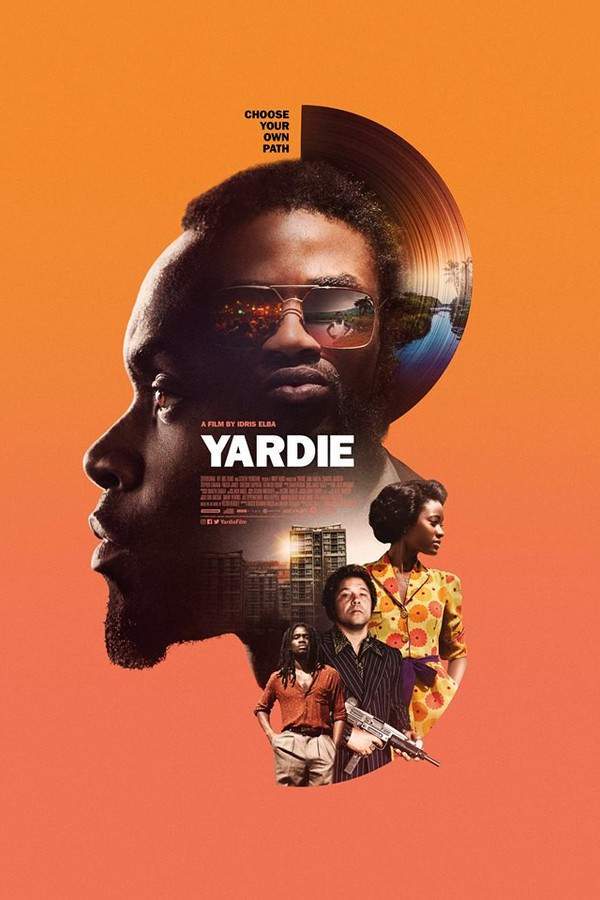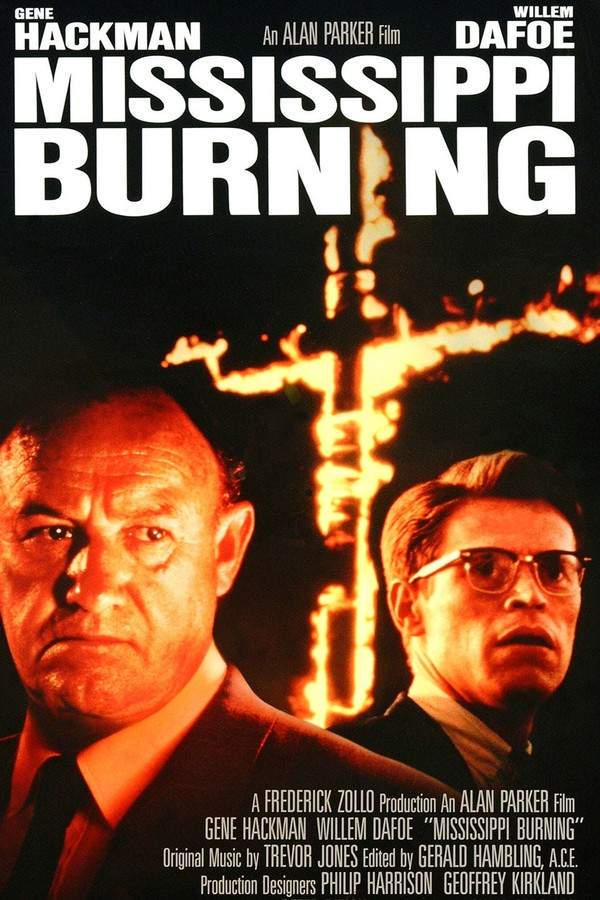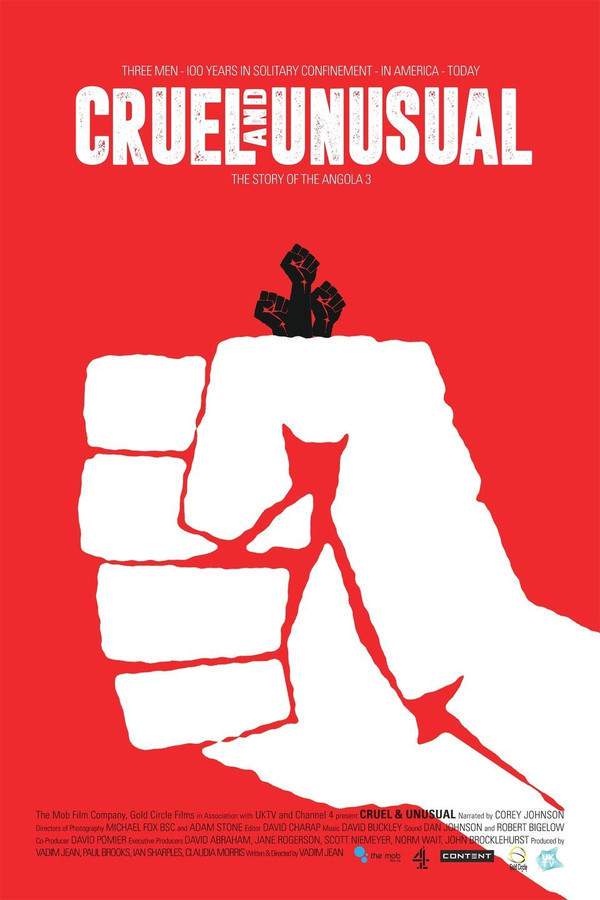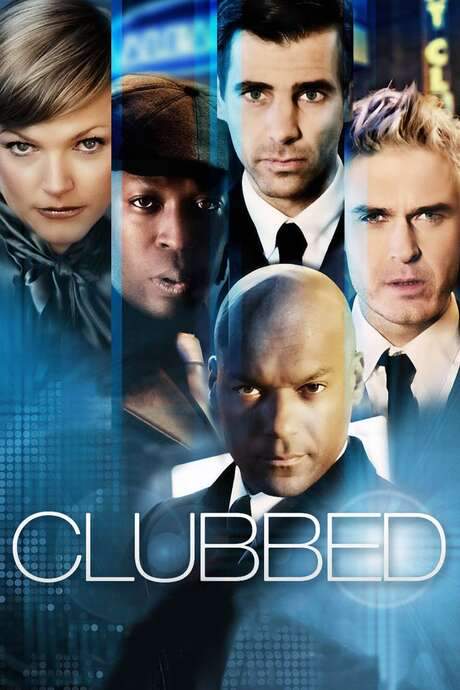Warning: spoilers below!
Haven’t seen Mangrove yet? This summary contains major spoilers. Bookmark the page, watch the movie, and come back for the full breakdown. If you're ready, scroll on and relive the story!
Mangrove (1000) – Full Plot Summary & Ending Explained
Read the complete plot breakdown of Mangrove (1000), including all key story events, major twists, and the ending explained in detail. Discover what really happened—and what it all means.
In late 1960s Notting Hill, Frank Crichlow opens the Mangrove, a warmly received Caribbean restaurant that becomes a central gathering place for a close-knit community in a neighborhood shaped by migration, memory, and daily routines. The Mangrove stands as a beacon of culture and resilience, inviting neighbors to share meals, stories, and a sense of belonging, even as tensions simmer just beneath the surface.
On opening night, the local mood shifts when Constable Pulley declares that Black spaces should be kept in their place, signaling the start of a harsh, lingering scrutiny from the police that will shadow Crichlow and his patrons. The accusation is blunt, and the charge—an impression of illicit activity around the Mangrove—taps into longstanding stereotypes about crime and Black life in the area.
After the restaurant closes for the night, Pulley conducts a series of aggressive raids on the Mangrove, pushing Crichlow toward financial distress and testing the community’s willingness to stand up for its rights. The raids ripple outward, affecting families and workers who rely on the Mangrove as a social and economic lifeline, while Crichlow struggles to protect his business and dignity.
A year later, the Mangrove Nine are charged with riot and affray, and the neighborhood mobilizes in solidarity. A march is organized to protest police conduct, drawing in a broad cross-section of the community and provoking a broader conversation about race, power, and justice. Among those rallying are Barbara Beese and Darcus Howe, whose presence underscores how the case has become a hinge point for Black activism and civil rights in Britain.
At the 1970 trial, race becomes a central issue as the defendants challenge the system. Jones-LeCointe and Howe, representing themselves, insist on an all-Black jury, a request that the presiding judge refuses to justify. The defense contends that the proceedings are biased, highlighting perceived fabrications in the police case and questioning the credibility of key witnesses. The courtroom becomes a focal point for a broader debate about fairness and representation within the legal process.
As witnesses testify, the defense uncovers inconsistencies in Pulley’s testimony and in the medical examiner’s statements. In a dramatic moment, Pulley attempts to feed answers to a fellow officer while in the witness box, an act that leads to his expulsion from the courtroom until the rest of the police testify, underscoring the tensions between police testimony and the defense’s scrutiny.
Beese interrupts a witness with a chant—“the officer has nothing to do with the case”—and others in the courtroom echo the sentiment, transforming the proceedings into a vivid scene of collective resistance. Judge Clarke reprimands the defendants and observers for the disruption, and the session is adjourned to allow emotions to settle. Crichlow and Howe are briefly dragged from the box by court officers and placed in harsher conditions, until the defense team’s intervention prompts changes in the handling of court personnel.
Facing pressure, Crichlow’s counsel urges a guilty plea to end the disruption, but Crichlow maintains his innocence after Jones-LeCointe reveals she is pregnant. The jury ultimately acquits Crichlow, Howe, and three other defendants, while the judge acknowledges evidence of racism on both sides and issues lenient sentences to those who are convicted. The outcome, though not without fault lines, marks a significant moment in a struggle for justice and community dignity, illustrating how the Mangrove community challenged police harassment and demanded accountability within a British legal system that was, at times, slow to respond to their reality.
Last Updated: November 22, 2025 at 16:00
Unlock the Full Story of Mangrove
Don't stop at just watching — explore Mangrove in full detail. From the complete plot summary and scene-by-scene timeline to character breakdowns, thematic analysis, and a deep dive into the ending — every page helps you truly understand what Mangrove is all about. Plus, discover what's next after the movie.
Mangrove Timeline
Track the full timeline of Mangrove with every major event arranged chronologically. Perfect for decoding non-linear storytelling, flashbacks, or parallel narratives with a clear scene-by-scene breakdown.

Similar Movies to Mangrove
Discover movies like Mangrove that share similar genres, themes, and storytelling elements. Whether you’re drawn to the atmosphere, character arcs, or plot structure, these curated recommendations will help you explore more films you’ll love.
Explore More About Movie Mangrove
Mangrove (1000) Scene-by-Scene Movie Timeline
Mangrove (1000) Movie Characters, Themes & Settings
Mangrove (1000) Spoiler-Free Summary & Key Flow
Movies Like Mangrove – Similar Titles You’ll Enjoy
Detroit (2017) Movie Recap & Themes
A Crime on the Bayou (2021) Detailed Story Recap
Yardie (2019) Spoiler-Packed Plot Recap
Mississippi Burning (1989) Complete Plot Breakdown
Code of Silence (1985) Spoiler-Packed Plot Recap
Cruel and Unusual (2017) Detailed Story Recap
Babylon (1980) Plot Summary & Ending Explained
Murder on a Sunday Morning (2001) Full Movie Breakdown
Black Power: A British Story of Resistance (2021) Story Summary & Characters
Red, White and Blue (1000) Story Summary & Characters
Alex Wheatle (1000) Ending Explained & Film Insights
Krays: Code of Silence (2021) Full Summary & Key Details
Clubbed (2008) Full Movie Breakdown
Black Panthers (1968) Spoiler-Packed Plot Recap
Moses Jones (1000) Full Movie Breakdown
